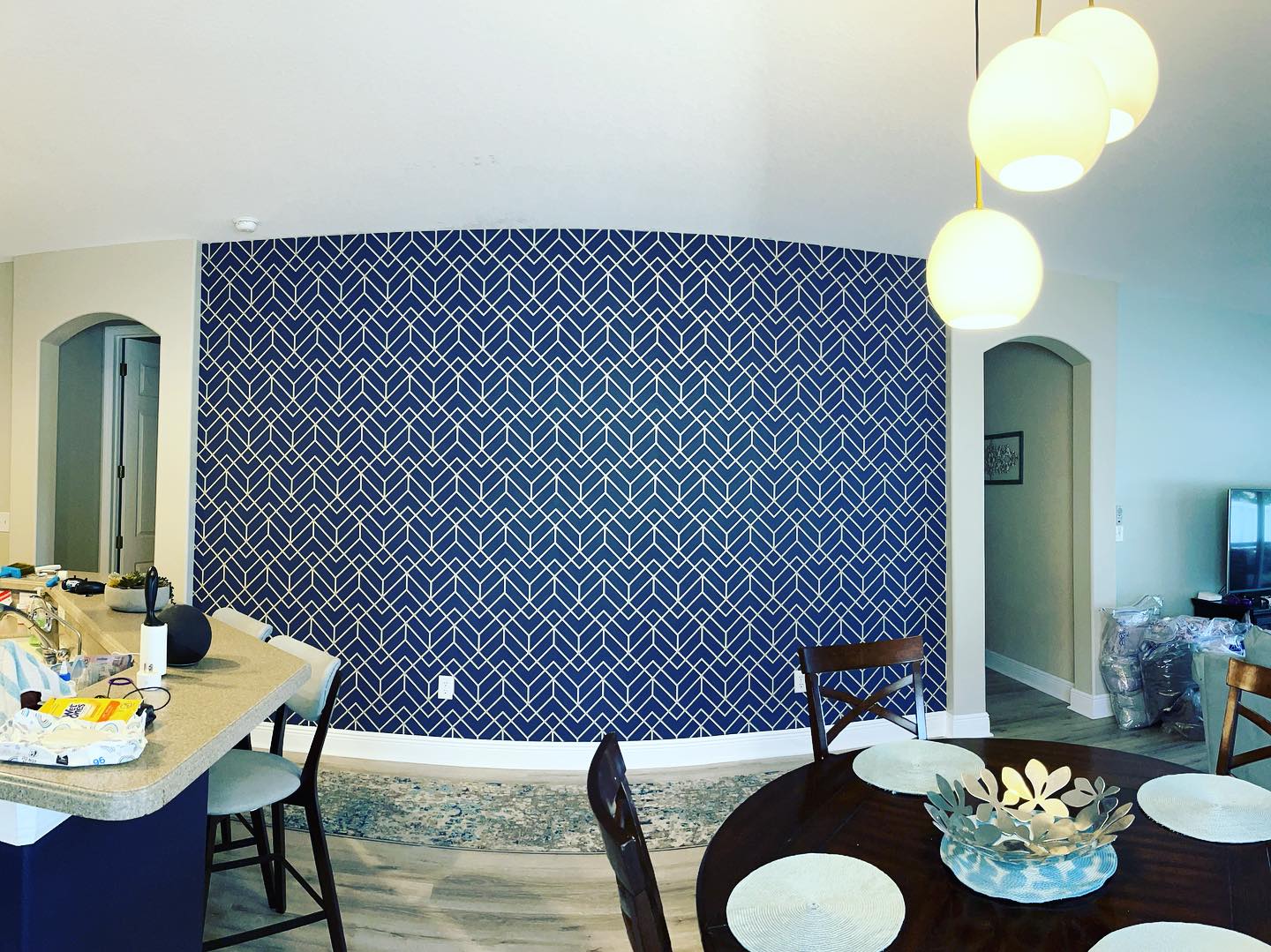
Achieving Visual Harmony: Design Principles for a Unified Home Remodel Oct 13, 2025
Starting with a clear vision for your home remodel can seem daunting. However, the process becomes more manageable when priorities are established early on. Begin by identifying the mood and atmosphere you want each room to convey. This initial step not only guides your selection of colors, materials, and furnishings but also ensures that these elements will complement each other throughout the home.
One essential principle to consider is balance, which can be symmetrical, asymmetrical, or radial. Symmetrical balance imparts a sense of formality and order, often found in traditional designs, where elements on either side of a central point mirror each other. Asymmetrical balance, however, involves arranging dissimilar items in a way that still achieves a sense of equilibrium. This style is less formal but offers more flexibility and creativity. Radial balance revolves around a central focal point and can be utilized in spaces like dining rooms or living areas where furniture and decor radiate outward.
Another vital design principle is emphasis, achieved by drawing attention to a focal point within a space. This could be a piece of artwork, a statement piece of furniture, or an architectural feature like a fireplace. Once you've chosen your focal point, arrange other elements in the room to support and highlight it, rather than compete for attention. By doing so, you guide the observer’s eye naturally and establish a clear visual hierarchy.
Proportion and scale are intertwined principles that greatly impact a home’s cohesiveness. These concepts revolve around the relationship of elements to one another and to the overall space. For example, a large sectional sofa might dominate a small living room and make it feel cramped, whereas, a smaller loveseat and chair configuration could be proportionally more suitable, maintaining both comfort and spaciousness.
The flow or rhythm within a home is just as crucial to achieving visual harmony. This can be accomplished through repetition of colors, patterns, textures, and shapes throughout your remodel. Repeated elements create a sense of movement and rhythm, leading the eye fluidly from one room to the next. Continuity can also be achieved by using similar flooring materials or complementary color palettes in adjacent rooms, fostering a seamless transition between spaces.
Lastly, don’t overlook the importance of functionality. Even the most beautifully designed rooms will fall short if they do not meet the practical needs of those who reside in them. Ensure that the remodel aligns with your lifestyle and improves everyday usability. Functional design prevents clutter, enhances comfort, and improves room usability, making it a cornerstone of successful renovations.
By thoughtfully integrating these principles into your home remodel with Beyond the Edge Construction, you create a unified, visually harmonious living environment that not only enhances your quality of life but also maximizes the value and appeal of your home. Whether you're updating one room or transforming your entire home, prioritize these design fundamentals to achieve a remodel that stands the test of time.
/filters:no_upscale()/media/3a7156db-abd1-45d7-b728-94f8de30d996.jpeg)
/filters:no_upscale()/filters:format(webp)/media/1fb4c6f4-ea2f-49ea-9299-650fe9aab691.jpeg)